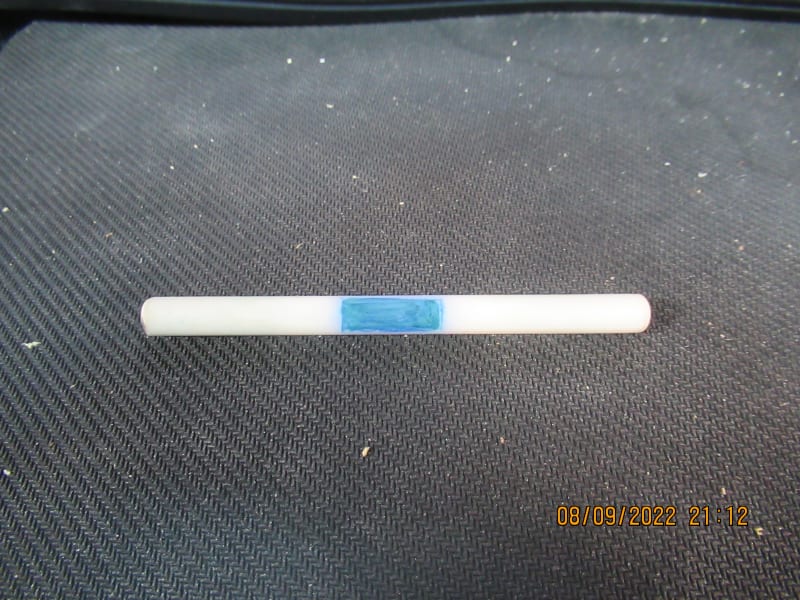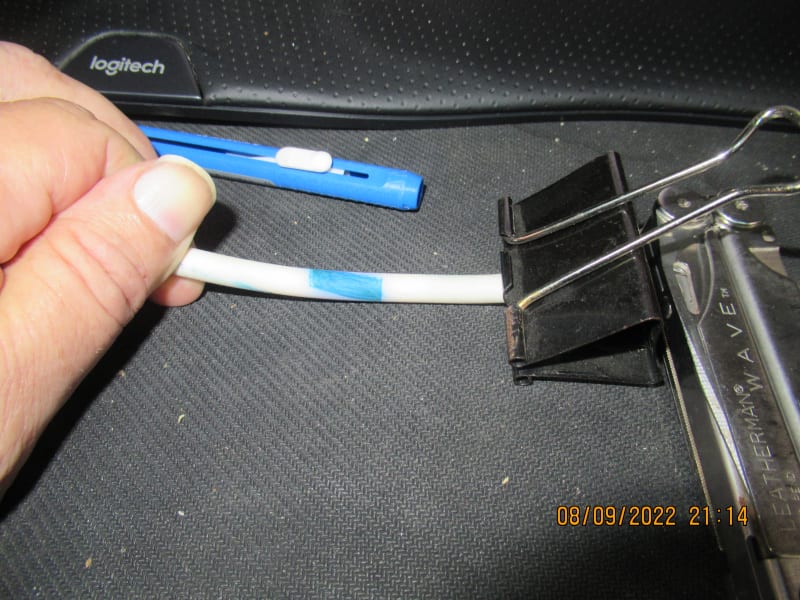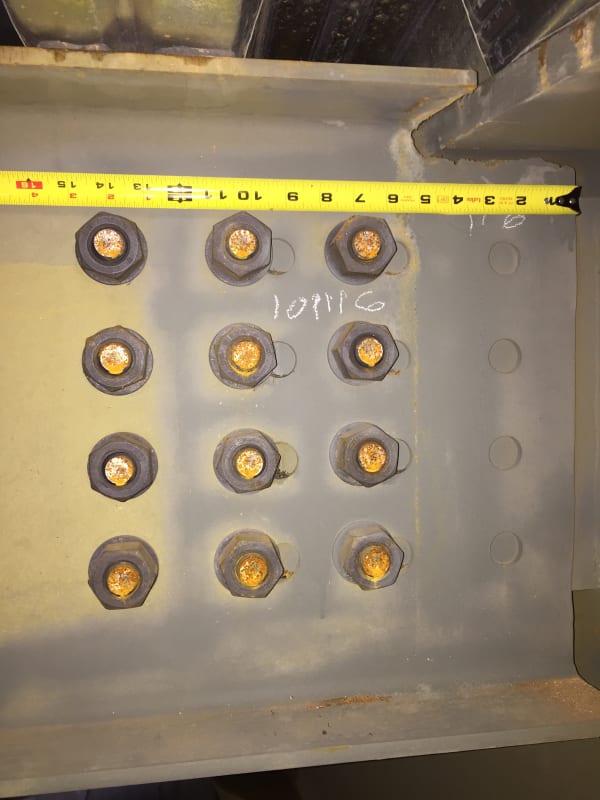Milkshakelake & Ron247:
RE; Ron’s eraser idea..., I use a piece of foam rubber, like for a cushion or arm chair seat filling material, 4x4" or 4x6" by 24" long. It is fairly firm, returns to shape, but is very flexible in bending, torsion, tension, compression, etc. With a sharpie pen, I draw a 1" sq. grid on each face, and continuing around from face to face. Now, when you bend it as a beam, you can actually get some feeling for the magnitude of the strain from the outer fibers to the N.A. Same with torsion, you get some feel for the magnitude of the parallelograming of each of the 1" sqs. We had a program of helping science teachers in late grade school and early high school, and presenting what various engineering disciplines do in their professional and design work.
Take similar sized pieces, as much as possible, of various common building materials to gain an appreciation of their weights in construction. Balsa wood vs. southern yellow pine or douglas fir, and there are a few heavier woods too, if you can get your hands on them. Steel pl., alum. pl., copper pl., and others. Chunks of concrete, lt. wt. conc., conc. blk. shell, foam insulation, 2x4 stud, plywd., etc. Mark the weight per cubic inch and cubic foot on them, but see how amazed they are when they pick up the piece of steel and piece of alum. pl. Bring a few pieces of different rolled shapes, a ft. long.





![[thumbsup2] [thumbsup2] [thumbsup2]](/data/assets/smilies/thumbsup2.gif)
![[smile] [smile] [smile]](/data/assets/smilies/smile.gif) .
.![[bigglasses] [bigglasses] [bigglasses]](/data/assets/smilies/bigglasses.gif) I'll pull up that thread and drop the mic
I'll pull up that thread and drop the mic